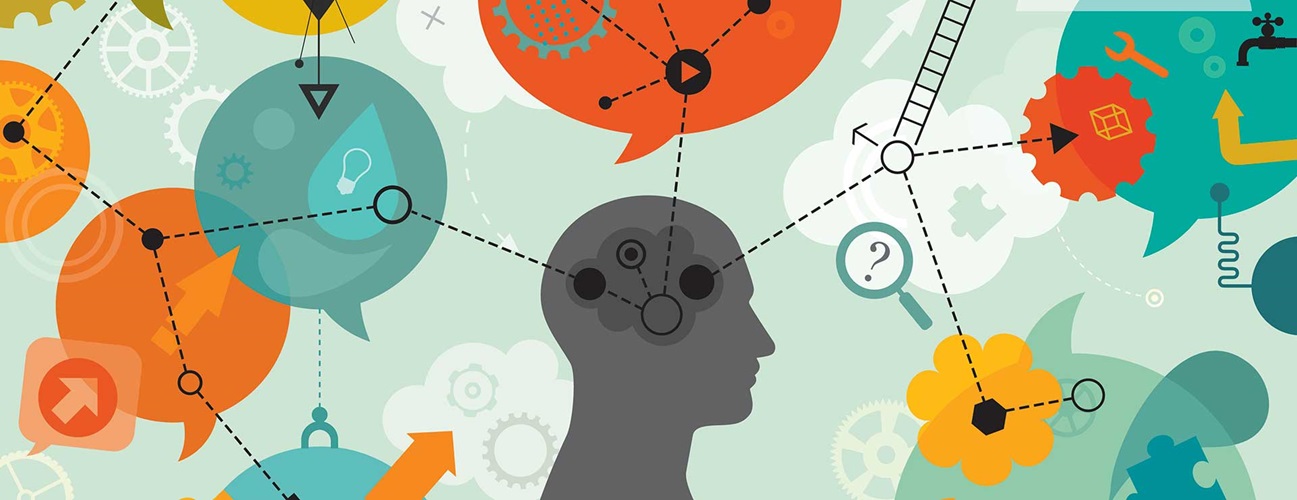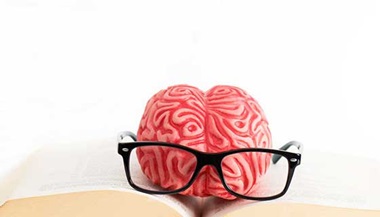Inside the Science of Memory
When Rick Huganir, Ph.D., was a teenager, he set out to better understand the physical and emotional changes of adolescence. “I was wondering what was happening to me, and I realized it was my brain changing,” says Huganir, director of the Johns Hopkins Department of Neuroscience.
That led to a senior project on protein synthesis and memory in goldfish, as well as a lifelong fascination in how we learn and remember things.
“Memories are who we are,” says Huganir. “But making memories is also a biological process.” This process raises many questions. How does the process affect our brain? How do experiences and learning change the connections in our brains and create memories?
Those are just some of the issues Huganir and his colleagues are studying. Their work may lead to new treatments for post-traumatic stress syndrome, as well as ways to improve memory in people with dementia and other cognitive problems.
Memory: It’s All About Connections
When we learn something—even as simple as someone’s name—we form connections between neurons in the brain. These synapses create new circuits between nerve cells, essentially remapping the brain. The sheer number of possible connections gives the brain unfathomable flexibility—each of the brain’s 100 billion nerve cells can have 10,000 connections to other nerve cells.
Those synapses get stronger or weaker depending on how often we’re exposed to an event. The more we’re exposed to an activity (like a golfer practicing a swing thousands of times) the stronger the connections. The less exposure, however, the weaker the connection, which is why it’s so hard to remember things like people’s names after the first introduction.
“What we’ve been trying to figure out is how does this occur, and how do you strengthen synapses at a molecular level?” Huganir says.
New Discoveries in Memory
Many of the research questions surrounding memory may have answers in complex interactions between certain brain chemicals—particularly glutamate—and neuronal receptors, which play a crucial role in the signaling between brain cells. Huganir and his team discovered that when mice are exposed to traumatic events, the level of neuronal receptors for glutamate increases at synapses in the amygdala, the fear center of the brain, and encodes the fear associated with the memory. Removing those receptors, however, reduces the strength of these connections, essentially erasing the fear component of the trauma but leaving the memory.
Now Huganir and his lab are developing drugs that target those receptors. The hope is that inactivating the receptors could help people with post-traumatic stress syndrome by reducing the fear associated with a traumatic memory, while strengthening them could improve learning, particularly in people with cognitive dysfunction or Alzheimer’s disease.
#TomorrowsDiscoveries: Using Data to Diagnose Brain Diseases | Michael I. Miller, Ph.D.
Johns Hopkins researcher Michael Miller explains how we can use data to create better diagnostic tools for neurodegenerative disorders like Alzheimer's disease.
Definitions
Dementia (di-men-sha): A loss of brain function that can be caused by a variety of disorders affecting the brain. Symptoms include forgetfulness, impaired thinking and judgment, personality changes, agitation and loss of emotional control. Alzheimer’s disease, Huntington’s disease and inadequate blood flow to the brain can all cause dementia. Most types of dementia are irreversible.
Post-traumatic stress disorder (PTSD): A disorder in which your “fight or flight,” or stress, response stays switched on, even when you have nothing to flee or battle. The disorder usually develops after an emotional or physical trauma, such as a mugging, physical abuse or a natural disaster. Symptoms include nightmares, insomnia, angry outbursts, emotional numbness, and physical and emotional tension.







